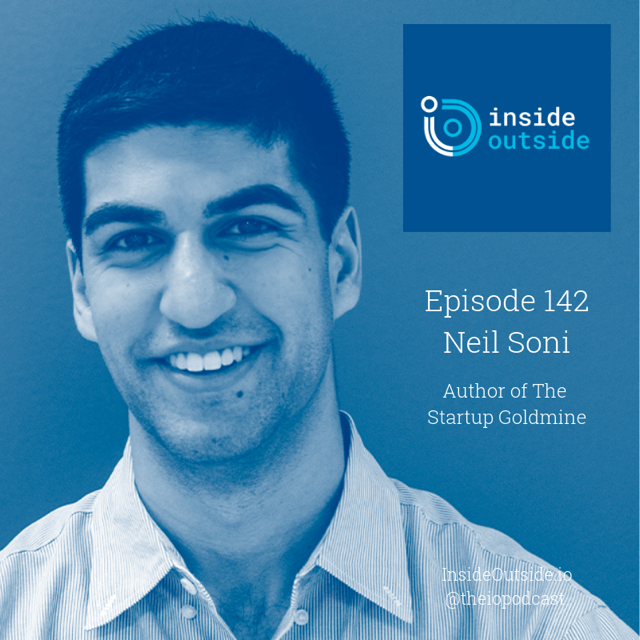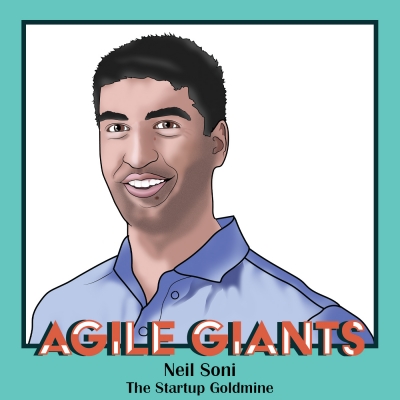I’ve been working at the startup-corporate intersection in one form or another since 2015. After spending three years at The Estee Lauder Companies building the External Innovation function and writing The Startup Gold Mine, I worked with a bunch of other large companies as a consultant to build and implement external innovation strategy, which in regular English means I helped them scout startups to solve tech and business problems. A big part of this work was building market and startup landscapes.
Doing this kind of work as a consultant was interesting but problematic, for clients and for me. Consulting, at least the way it’s usually done, creates a weird incentive structure where consultants are incentivized to take longer to get something done, simply because they can bill more hours. While most consultants wouldn’t consciously do this, incentives shape our behavior in ways we can’t perceive directly. This definitely isn’t good for clients but also isn’t good for me in the long run. Another major issue with doing this type of work as a consultant is the lack of process. Every project is different from the previous one and while you can try to create a process for yourself, it doesn’t really work. So you find yourself reinventing the wheel every time. This means clients also have to pay more money to account for the hours it takes you to get up to speed. Not great.
Nowhere was this more clear than projects that involved helping connect large companies with relevant startups. When I was doing external innovation full-time, I saw large consulting firms (yes, the ones you’re thinking of) charge six figures to create beautiful 100 slide decks where the only real value was a quick, high-level summary of the market and a list of startups that usually lacked key information like detailed product comparisons.
Seeing these problems is what led me to co-found Extovate with Sean Ammirati and Dalal Almukaimi. Extovate is a tech-enabled service that builds customized external innovation market maps. These maps are completed within three weeks and done at a fraction of the cost of an innovation consultant. Each Extovate Map consists of two main sections: a market overview and a startup scan. During the intake process, customers share the market or technology area they’d like to research, what their goal is with the search (such as partnering or investing), and key parameters of the startups they’re targeting. The market overview is a deep dive into the particular market being researched – and includes a breakdown of subsegments, regional differences, specific technology and market trends, corporate activity, and much more. The startup scan is a detailed look at startups that match their criteria.
Our customers, which include mid-market companies as well as Fortune 500s, have used Extovate to identify investment targets, source new technology opportunities, and build landscapes of potential disruptive threats.
There are two main things you get by working with Extovate on your external innovation program. The first is an on-demand service that can take you from zero knowledge about a market or technology to having a full landscape along with a full funnel of startups relevant to what you’re searching for – all within three weeks. In comparison, finding an individual consultant or signing an engagement with a large consulting firm can take months, not to mention the higher cost and in our opinion, inferior results. The second is a tool that can keep those landscapes updated as things inevitably change over time.
If you’re a corporate innovator and curious about how Extovate can help you, reach out to me and I’ll send you some free sample reports and even spend some time with you on the phone to audit your external innovation process. You can reach me using any of the channels here or via the Extovate website.




